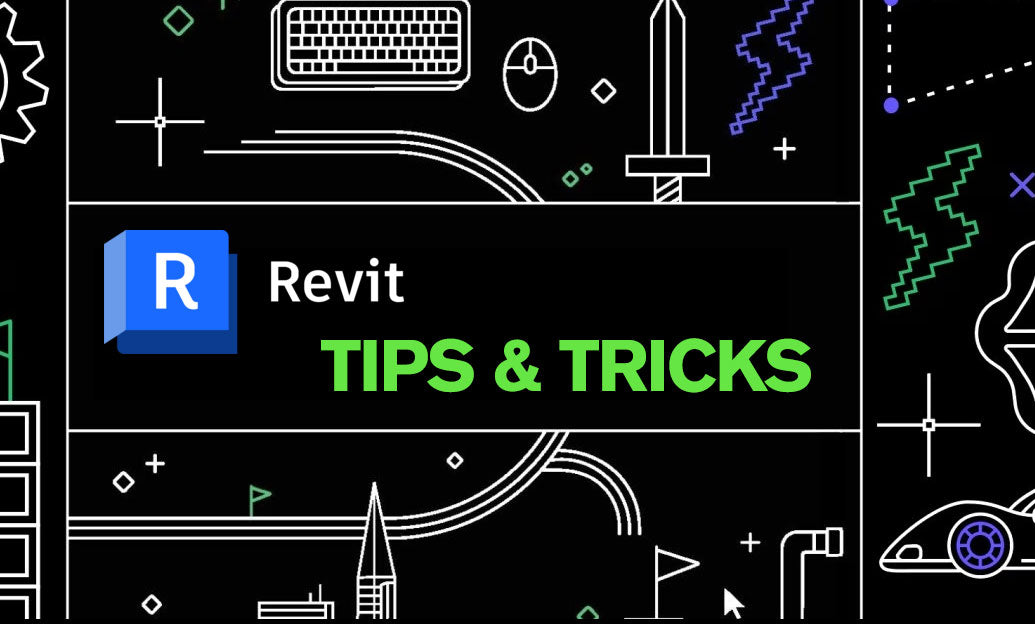Your Cart is Empty
Customer Testimonials
-
"Great customer service. The folks at Novedge were super helpful in navigating a somewhat complicated order including software upgrades and serial numbers in various stages of inactivity. They were friendly and helpful throughout the process.."
Ruben Ruckmark
"Quick & very helpful. We have been using Novedge for years and are very happy with their quick service when we need to make a purchase and excellent support resolving any issues."
Will Woodson
"Scott is the best. He reminds me about subscriptions dates, guides me in the correct direction for updates. He always responds promptly to me. He is literally the reason I continue to work with Novedge and will do so in the future."
Edward Mchugh
"Calvin Lok is “the man”. After my purchase of Sketchup 2021, he called me and provided step-by-step instructions to ease me through difficulties I was having with the setup of my new software."
Mike Borzage
Rhino 3D Tip: Effective Techniques for Filleting Edges in Rhino 3D
July 28, 2025 2 min read

Filleting edges is a fundamental operation in Rhino 3D that allows you to create smooth transitions between surfaces and edges. Mastering the fillet tools can greatly enhance the quality and realism of your models. Here are some effective techniques and tips for filleting edges:
-
Choose the Right Fillet Tool
- FilletEdge Command: Use this for creating fillets on polysurfaces and solids. It allows for multiple edge selection and variable radius fillets.
- FilletSrf Command: Use this when working with individual surfaces. It creates a fillet surface between two selected surfaces.
-
Plan Your Fillets Early
- Incorporate fillets into your design process early to avoid complications later.
- Filleting complex models can sometimes cause failures; simplifying the geometry beforehand can help.
-
Use Variable Radius Fillets
- The VariableFilletEdge command allows you to specify different radii along the edge.
- This is useful for creating organic shapes and smooth transitions.
-
Manage Fillet Sequence
- Fillet edges in order from smallest to largest radius.
- Filleting larger radii first can sometimes prevent smaller fillets from working properly.
-
Check for Edge Continuity
- Use the EdgeContinuity command to ensure smooth transitions between surfaces.
- Maintaining G2 (curvature) continuity can enhance the aesthetics of your model.
-
Handle Fillet Failures
- If a fillet fails, try adjusting the radius or splitting the edge into smaller segments.
- Analyze the geometry for self-intersections or overly tight bends.
-
Utilize the Zebra Analysis
- Use Zebra Analysis to visualize surface continuity.
- Helps in identifying any issues with surface transitions after filleting.
-
Work with Clean Geometry
- Ensure your model is free of naked edges and non-manifold edges before filleting.
- Use the ShowEdges command to identify problematic areas.
-
Leverage Layer Management
- Organize your model by grouping filleted edges on separate layers.
- This makes it easier to isolate and edit fillets when necessary.
-
Practice with Real-world Examples
- Experiment with different fillet techniques on sample models.
- Practice helps in understanding the limitations and capabilities of filleting tools.
Remember, proficiency comes with practice. Don't hesitate to explore and combine different tools to achieve the desired outcome.
For more resources on mastering Rhino 3D, visit NOVEDGE, your go-to source for professional 3D software.
You can find all the Rhino products on the NOVEDGE web site at this page.
Also in Design News

Cinema 4D Tip: Optimizing Texturing Techniques in Cinema 4D for Realistic Surfaces
October 21, 2025 2 min read
Read More
Bluebeam Tip: Enhance Project Collaboration with Bluebeam Revu's PDF Markup Tools
October 21, 2025 2 min read
Read More
Revit Tip: Maximizing Revit Project Visualization with Advanced Rendering Techniques
October 21, 2025 2 min read
Read MoreSubscribe
Sign up to get the latest on sales, new releases and more …


